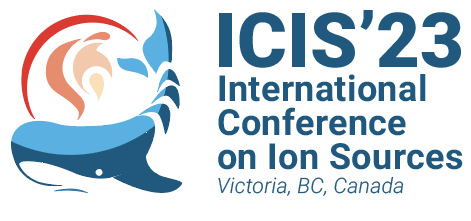Speaker
Description
MedAustron is a synchrotron based ion beam therapy centre located in Lower Austria. Proton and carbon ion energies in the three treatment rooms range from 62-252 MeV and 120-400 MeV/u, respectively. A fourth non-clinical research room is used to commission helium ion beams, among other research activities.
The injector features three identical electron cyclotron resonance ion sources from Pantechnik, called Supernanogan, operating at 14.5 GHz. Two ion sources are used for proton and carbon ion beam production. The third source is dedicated for helium beam production as well as for accelerator performance and improvement studies.
In this work we propose an alternative heating mechanism for proton beam production by using the dual frequency heating (DFH) mode. DFH was tested on the third source as well as on the clinical proton source. Different frequency pairs were measured in the range from 13.75-14.50 GHz in 50 MHz steps. The goal was to increase the overall beam stability, a key factor for medical ion sources and to reduce the emittance of the extracted beam in order to increase the overall beam transmission through the different sections of the accelerator with respect to single frequency heating (SFH).
At equal power input, the H3+ beam current could be increased by 36% compared to SFH. Maintaining the SFH beam current, at reduced input power in DFH, the emittance could be reduced by 20%. The overall transmission through the accelerator stages was also improved: Transmission increased by 10% from the LEBT to the LINAC section resulting in an increased synchrotron beam current of 25%. This results in a higher particle count in the ring and a larger number of particles per applied spill leading to an overall increase in accelerator performances.
| Email Address | rainer.rockenbauer@medaustron.at |
|---|---|
| I have read the Code of Conduct to attend ICIS2023. | Yes |

